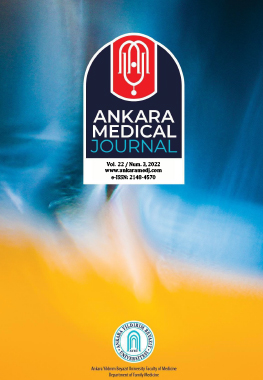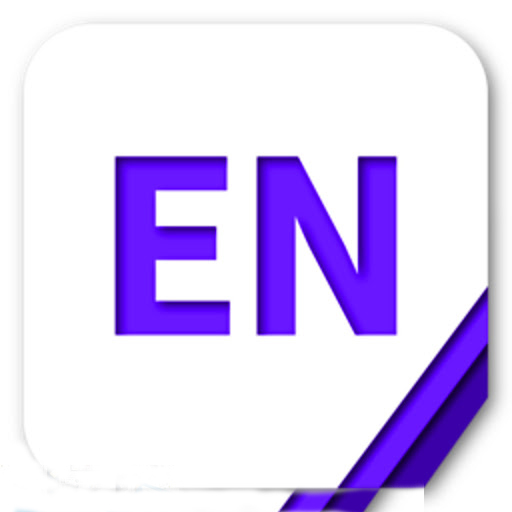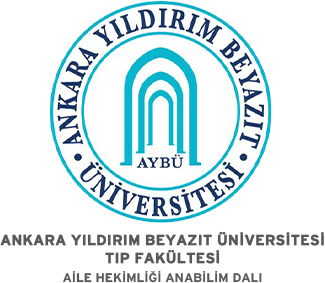How Russian-Ukrainian War Changed the Usage of Telemedicine: A Questionnaire-Based Study in Ukraine
Vitalii Poberezhets, Anna Demchuk, Yuriy MostovoyNational Pirogov Memorial Medical University, Department of Propedeutics of Internal Medicine, Vinnytsya, UkraineINTRODUCTION: Russian military aggression caused the biggest crisis in Ukraine since WWII. Telemedicine could become a solution for Ukrainian healthcare to cope with these challenges, considering previous experience and available resources. We aimed to assess features of telemedicine in Ukrainian during the war.
METHODS: We used a cross-sectional approach to receive feedback from 125 Ukrainian medical practitioners performing clinical practice in Ukraine during the war. E-questionnaire was distributed among doctors via social media announcements, specific doctors' associations in messengers and direct messages.
RESULTS: We found that 99.20% of doctors (n=124) continued using telemedicine during the war. 56.80% of the respondents (n=71) highlighted that the war resulted in the acceleration of telemedicine usage. The most popular telehealth services were instant messaging apps (97.60% of doctors, n=122) and phone calls (84.80% of doctors (n=106). Compared to less experienced colleagues, medical practitioners with more than 10 years of clinical practice more intensively used e-mail (46.15% vs 19.18%; χ2=10.444, p=0.001), SMS (34.62% vs 15.07%; χ2=6.512, p=0.011), remote pulse oximetry (19.23% vs 5.48%; χ2=5.774, p=0.016), blood glucose monitoring (11.54% vs 2.74%; χ2=3.925, p=0.048). The main restriction of using telemedicine was an inability to perform an effective objective examination.
DISCUSSION AND CONCLUSION: Our research showed that the ongoing Russian-Ukrainian war had accelerated the use of telemedicine by Ukrainian medical practitioners. The most common telemedical services were messengers and direct phone calls. Experienced doctors more frequently used e-mail, SMS and devices for remote patient monitoring.
Makale Dili: İngilizce
(1005 kere indirildi)





